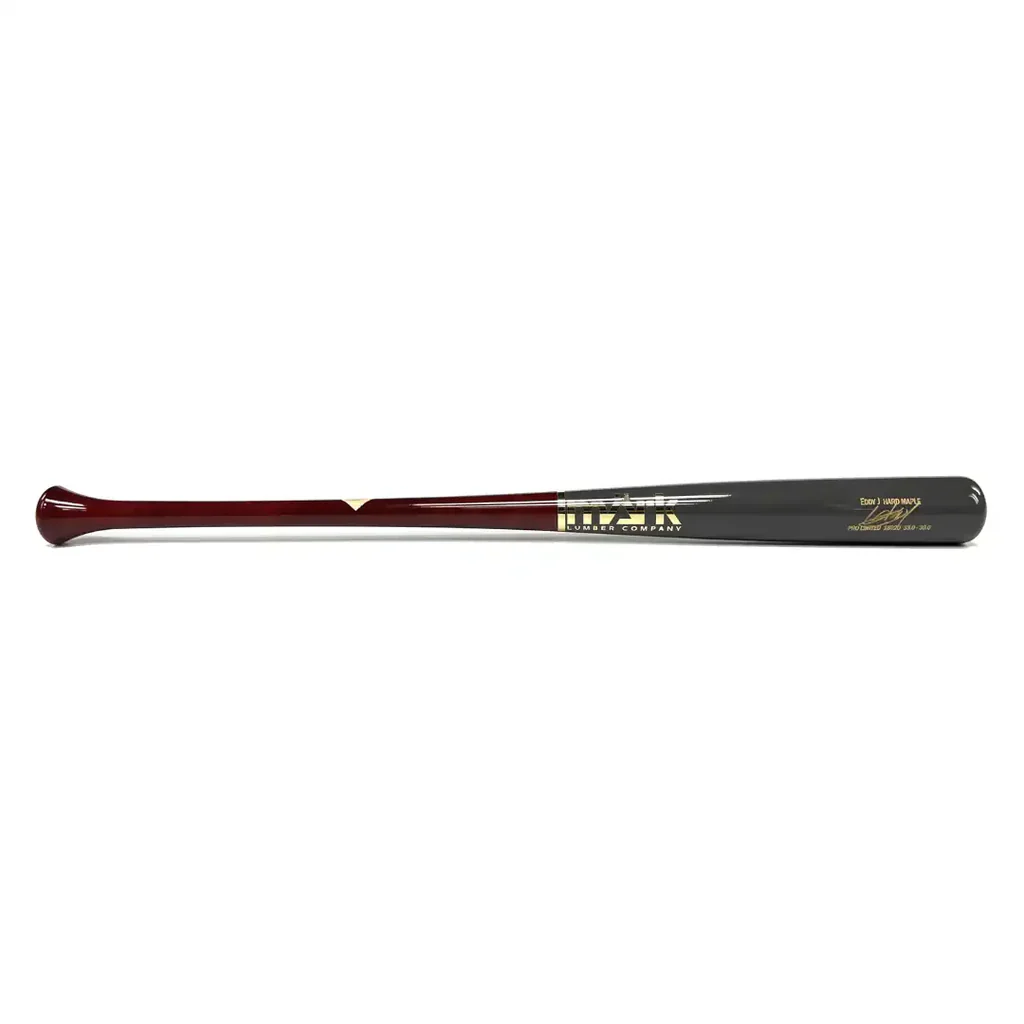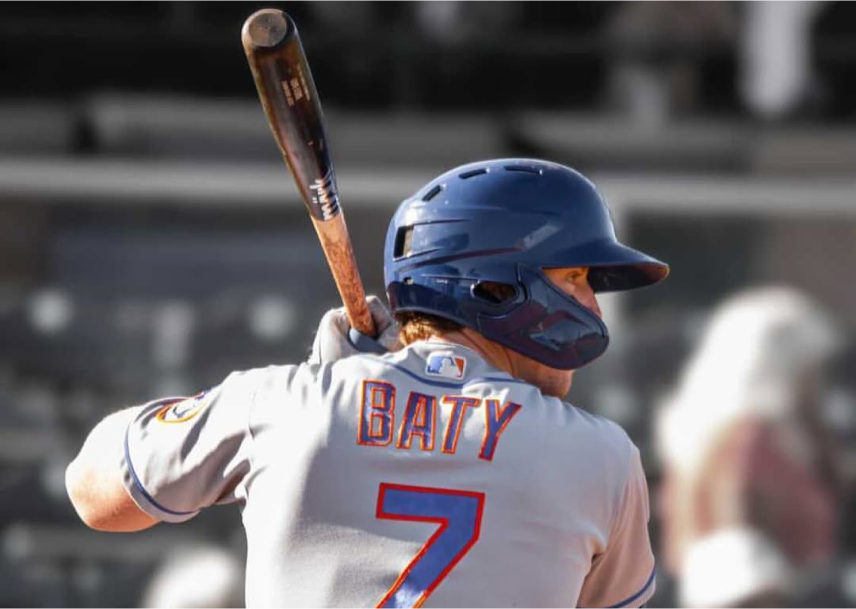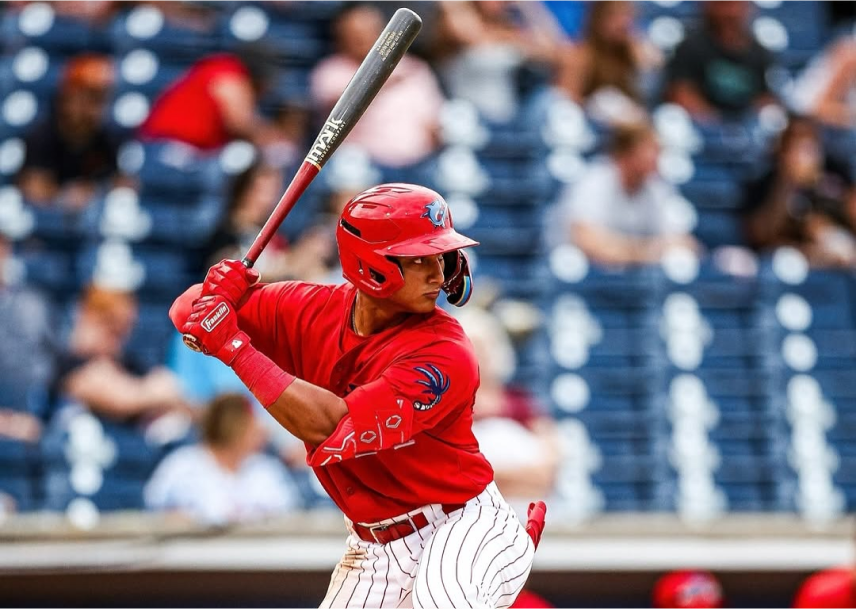
Big Barrel Bats vs Regular Bats: What’s Best for Young Hitters?
The Big Barrel Dilemma: A Hidden Obstacle for Youth Baseball Players
Many parents and coaches assume bigger is better, especially when it comes to baseball bats. But when it comes to young athletes, oversized equipment can do more harm than good.
Big barrel bats may look powerful, but they often slow down swings, mess with timing, and shake a young player's confidence.
If you're a parent, coach, or player trying to figure out whether big barrel or regular bats are better, this guide will help you sort it out clearly and simply.
What Is a Big Barrel Bat?
Big barrel bats usually have a barrel diameter of 2 5/8 inches or more. They're common in youth leagues, especially travel ball, and are often sold as a shortcut to stronger hits.
Big Barrel Bat Basics:
-
Barrel diameter: 2 5/8" to 2 3/4"
-
Meant to boost power
-
Often feel heavy at the end
-
Popular in USSSA leagues
But are they helping young players improve?
Small Barrel vs Big Barrel Bats: What Changes
|
Feature |
Small Barrel Bats |
Big Barrel Bats |
|
Barrel Diameter |
2 1/4" |
2 5/8" to 2 3/4" |
|
Swing Balance |
Even weight |
More weight in the barrel |
|
Sweet Spot Size |
Smaller |
Larger |
|
Swing Speed |
Faster |
Slower (for youth) |
|
Durability (Wood) |
Stronger wood used |
Less dense wood |
|
Skill Development |
Builds solid mechanics |
Can cover up bad form |
Small barrel wood bats focus on control and skill, while big barrels can lead to bad habits.
Why Barrel Size Affects Young Players So Much
Big barrel bats may help make contact, but they often slow kids down. Here’s what can happen:
-
Late swings because the bat is harder to move
-
Looping swings that throw off timing
-
Less control over where the ball goes
On the flip side, small barrel bats help young hitters:
-
Build quick, tight swings
-
Stay on plane
-
Learn to hit with control
Wood Density and Bat Performance

Not all bats hit the same, especially when it comes to wood.
Large barrels need more wood, so to keep the bat light, manufacturers use less dense material. That leads to:
-
Weaker pop
-
Easier breakage
Small barrel bats are made with denser wood, which means:
-
Better contact response
-
Longer-lasting bats
-
Instant feedback to help players adjust
What Coaches and Players Are Saying
Coaches across all levels agree:
"Smaller barrels make players focus. They learn better mechanics and make cleaner contact."
"We see fewer broken bats and better swings."
Even if big barrel bats are allowed in games, many teams use small barrels for practice. That’s where real progress happens.
The Feel of the Swing Matters
Young players need to feel in control. Big barrel bats can feel clunky or awkward, especially for smaller hands and arms.
Small barrel bats feel lighter, easier to handle, and faster through the zone. That helps with:
-
Confidence
-
Timing
-
Rhythm at the plate
Choosing the Right Bat for Your Player
Here's what to keep in mind when buying a wood bat for a young player:
1. Length-to-Weight Ratio (-5, -8, -10, etc.)
-
Lighter swings are easier to control
2. Handle Shape
-
Thinner handles = faster swing
-
Thicker handles = more grip stability
3. Material Quality
-
Pro-grade maple or birch is best
4. Use Case
-
Game bats vs training bats
Do Big Barrel Bats Make Better Hitters?
Not really. They might help with distance, but they don’t teach kids to hit well.
Big barrels:
-
Can hide poor form
-
Make it harder to adjust as players grow
Small barrels:
-
Force better focus
-
Build muscle memory
-
Train real swing paths
Mark Lumber: Helping Young Players Train the Right Way
Mark Lumber is known for high-quality wood baseball bats that help players improve.
Why families and teams trust Mark Lumber:
-
Lightweight bats with a balanced swing feel
-
Durable maple that holds up
-
Bats for all sizes and levels
Youth Favourites:
-
ML-271 YOUTH 2 1/4" — Balanced and game-ready
-
EDDY J YOUTH — Lightweight and smooth
-
ONE-HANDER / TRAINING BATS — Perfect for drills
Check out the full Youth Bat Collection to find one that fits your player's needs.
Moving Up: From Training Bats to Game Bats

As players grow stronger, they can handle bigger barrels. But starting small makes that jump easier.
Tips:
-
Keep small barrels in training
-
Try heavier bats gradually
-
Focus on form before size
Quick Recap
-
Small barrels help kids swing better and faster
-
Big barrels can make things harder, not easier
-
Good habits now lead to better hitting later
Final Word: Start Right, Grow Strong
The bat you choose can shape how your player learns the game. For young hitters, a small-barrel wood bat builds confidence, form, and long-term success.
Want to help your player improve? Take a look at Mark Lumber's youth bat options and set them up for solid swings that last.
FAQs
1. What’s the difference between big barrel bats and regular bats for youth players?
Big barrel bats and regular bats differ in size, balance, and how they impact a young player’s swing. A big barrel bat typically has a diameter of 2 5/8 to 2 3/4 inches, offering a larger sweet spot and heavier end-load. Regular bats, often with a 2 1/4-inch barrel, have a more balanced feel and are lighter, making them easier for kids to control.
The main issue with big barrel bats is that they can encourage bad habits. Their weight slows down swings, causing late contact or casting. While they might help players hit the ball farther occasionally, they don’t support proper swing development. In contrast, regular-sized or small barrel bats help build solid mechanics, faster bat speed, and better hand-eye coordination.
For youth athletes still learning to control their swing, regular bats are typically the smarter long-term choice. They're lighter, more balanced, and promote better form, making them ideal for serious development.
2. Are big barrel youth bats good for beginners?
Big barrel youth bats might look helpful for beginners because of their large sweet spot, but they often work against young hitters trying to develop solid fundamentals. When a beginner uses a big barrel bat, they’re more likely to swing late, lose balance, or overcompensate with upper body strength.
These bats are heavier at the end, which can disrupt the swing path and mechanics, especially for younger or smaller players. Instead of learning how to control the bat and make smart, precise contact, kids often “muscle” the ball, forming habits that can hurt them as they progress.
Smaller barrel bats, on the other hand, promote proper swing motion. They force young players to focus on timing, balance, and making solid contact. These are the exact skills beginners need to become consistent hitters later.
While big barrel bats are allowed in many leagues, beginners often benefit more from a balanced, lightweight wood baseball bat that encourages control and confidence at the plate.
3. What is a small barrel wood bat, and why is it better for young players?
A small barrel wood bat is typically defined by a barrel diameter of 2 1/4 inches. Unlike big barrel bats, which focus on maximizing power and surface area, small barrel bats are built for balance, swing speed, and control. They’re especially valuable for young players still learning the basics of hitting.
Because small barrel bats are lighter and more evenly weighted, they help younger players develop a quicker swing, better mechanics, and proper timing. They also provide instant feedback. If the hitter doesn’t make clean contact, they’ll feel it—an important learning cue for young athletes.
Another advantage is durability. Small barrel wood bats are often made from denser wood, which lasts longer and pops more when contact is made. This makes them a practical choice for regular training.
Overall, small barrel bats are better for youth development because they don’t cover up mistakes. Instead, they build the habits players need to succeed as they grow into higher levels of play.
4. Do big barrel bats help kids hit farther?
Yes, big barrel bats can help kids hit the ball farther—especially when contact is made on the sweet spot. Their larger barrel size offers more surface area, which can improve power on clean hits. But there's a catch: the extra distance often comes at the cost of swing mechanics and consistency.
Because big barrel bats are end-loaded and heavier, younger players may swing slower, cast their arms, or lose control over the bat. That means they might miss more pitches or develop poor timing. Over time, those issues can hurt performance more than a few big hits can help.
It’s also worth noting that most youth leagues don’t require players to use big barrel bats, and many development programs recommend smaller barrels for training. Why? Because small barrel wood bats encourage precision, good form, and muscle memory—key ingredients for long-term power.
So while big barrel bats may help kids hit a ball farther once in a while, they don’t necessarily help them become better, more consistent hitters.
5. How do I choose the right wood baseball bat for my child?
Choosing the right wood baseball bat for your child comes down to a few key factors: length-to-weight ratio, barrel size, material, and your child’s current skill level.
For younger or beginner players, a small barrel bat (around 2 1/4 inches) is often the best option. These bats are lighter and easier to swing, which means your child can focus on developing good form. A balanced bat also helps with timing and control—something that’s especially important at the early stages.
Look for a bat with an appropriate drop weight (e.g., -5 to -10), depending on your child's age and strength. Maple or birch are great choices for wood baseball bats due to their density and durability.
Finally, consider the purpose. If your child is still learning, a training bat like the Mark Lumber ONE-HANDER or a youth-specific model like the ML-271 YOUTH offers great development benefits. For game use, make sure the bat is league-compliant.
Picking the right bat can shape how your child learns to hit—so go for balance, quality, and fit over size or hype.
Final Word: Start Right, Grow Strong
The bat you choose can shape how your player learns the game, for better or worse. While big barrel bats might seem like the obvious choice due to their larger sweet spot, they aren’t always the best for younger players just starting. When comparing big barrel bats vs regular bats, it’s important to focus on development, not just contact.
A small-barrel wood bat can help build proper swing mechanics, improve hand-eye coordination, and reinforce balanced form. Unlike some big barrel youth bats that may encourage bad habits by compensating for poor timing, a properly sized bat encourages smarter swings and long-term growth.
So, what is a big barrel bat good for? Power hitting at advanced levels. But for beginners, smaller barrels help young hitters stay controlled and precise. If you want your player to grow into the game with confidence, start with a bat that teaches discipline and feel.
Want to help your player improve for real? Explore Mark Lumber's youth bat collection and set them up for swings that last a lifetime, with or without a big barrel bat.







